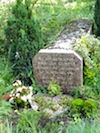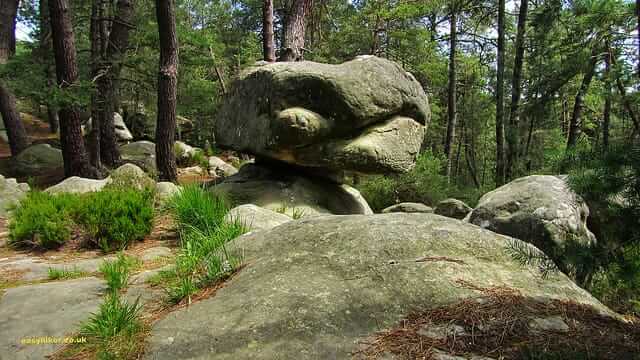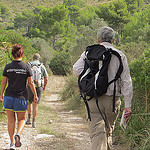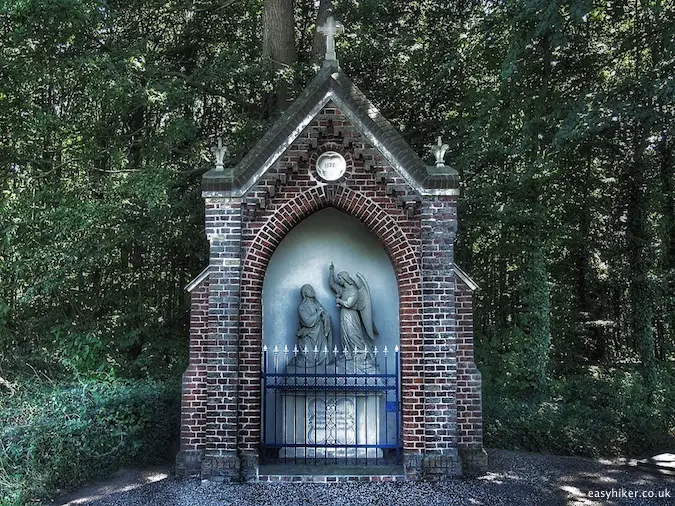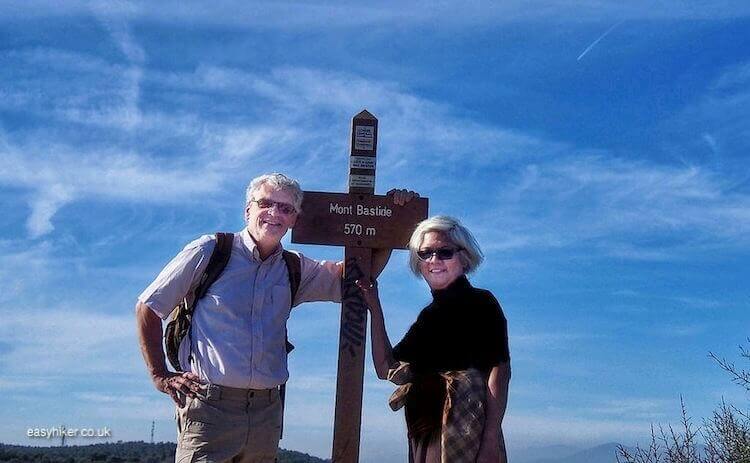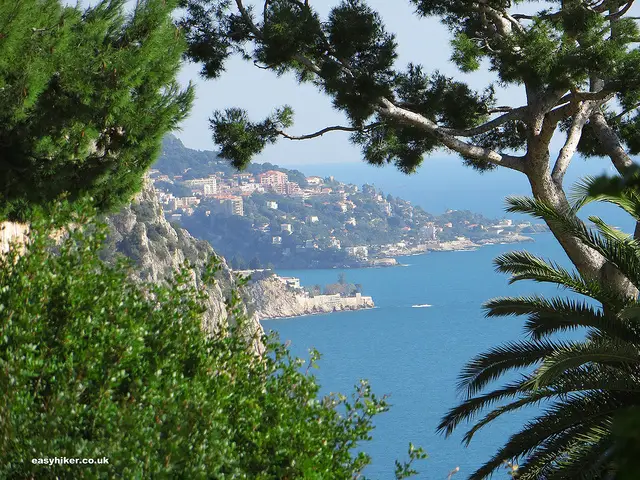For this week’s post, we stay within Burgundy but move from a stopover town on the circuit – Auxerre – to a destination near the top of the charts. With the possible exception of Dijon, the region’s capital, no town in Burgundy attracts as many visitors as Beaune.
Most of these visitors come here to see the town’s Hotel Dieu, a perfectly preserved piece of the late Middle Ages and a top tourist site in a country that is not short of them.

The Hotel Dieu (a UNESCO World Heritage Site) was founded in 1443 as a hospital for the poor when such places were needed more urgently than ever before: the Hundred Years’ War had devastated the French countryside, and to make matters even worse, marauding bands of unemployed mercenaries were roaming the countryside, leaving behind more death and destruction.
Such Hotels Dieu – places where clerics and nuns took care of the old, the sick and the poor – have been common in France since the early Middle Ages, but what makes the one at Beaune so special is the fact that neither its purpose nor its layout or its interiors were significantly changed for 500 years.

For all of these five centuries, the Hotel continued to take care of patients, especially in times of crisis such as WWII when the building was converted into a large military hospital for sick and wounded allied troops.
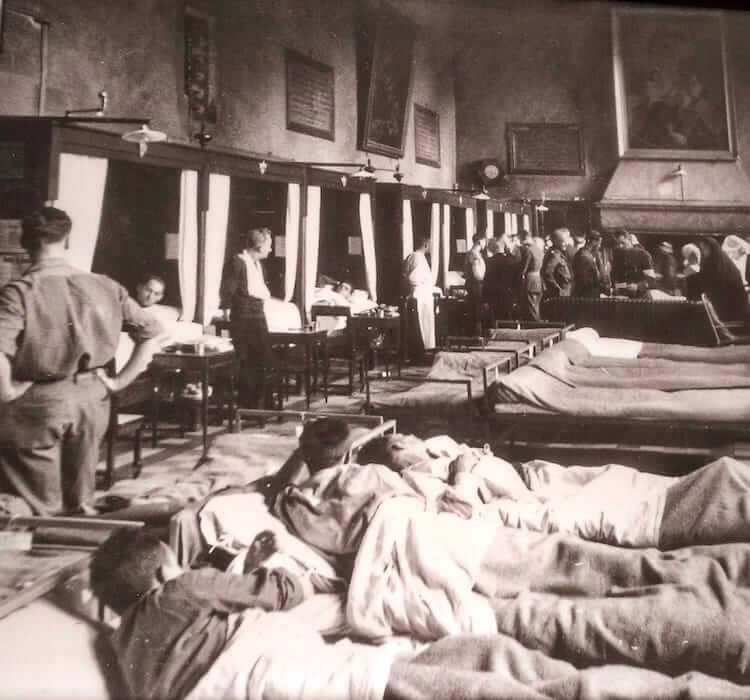
The Salle des Pauvres – where up to 50 poor people could be simultaneously treated (non-paying customers had to share a bed) – is just one of many rooms of the ancient hospital that can be visited today.
You are also free to stroll through the more luxurious facilities for well-to-do patients as well as the annexes for kitchens, a chapel and the old pharmacy.
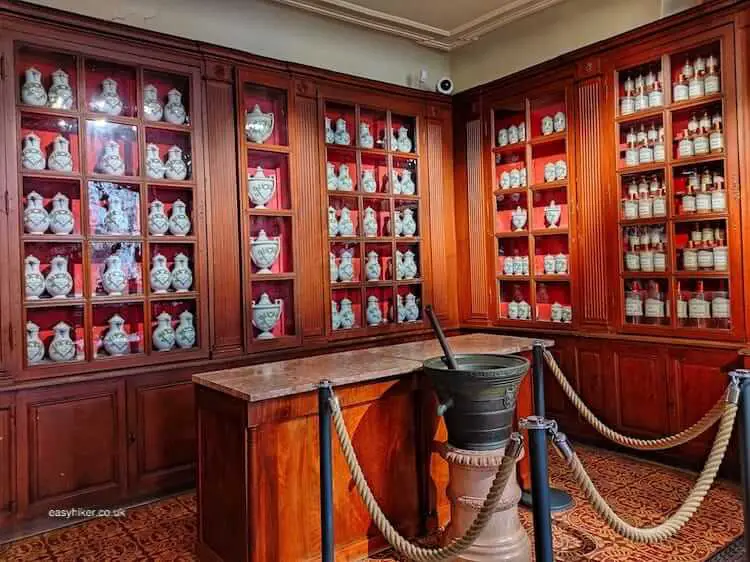
The medieval building only ceased to operate as a hospital in 1970, and even after that, the attached nursing home continued to provide its elderly residents with care for another 50 years.
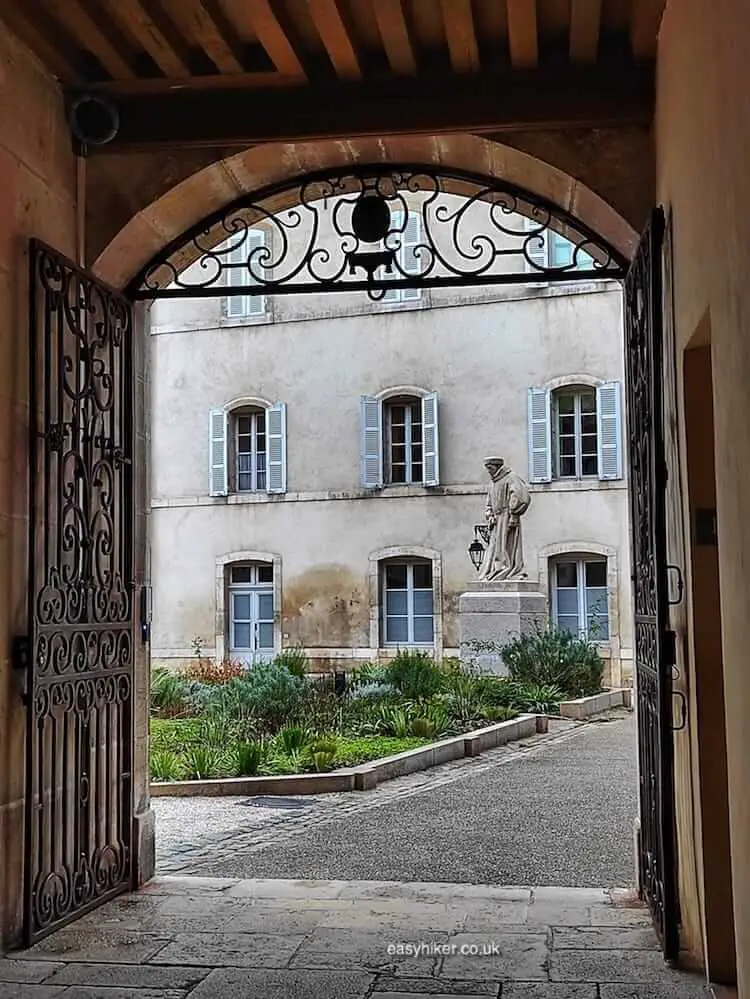
You can easily spend half a day visiting the ancient hospital complex. But here is the thing: fast trains from Paris to Beaune take little more than 2 hours, while a rail journey from Dijon lasts less than 20 minutes.
This is why many people will mark Beaune down as a daytrip destination, and such day trippers do not fill the municipal coffers. At best, they have lunch in town and buy a few souvenirs. At worst, they do not spend a single penny in any of the shops.
People who stay overnight, by contrast, will need to pay for their accommodation, buy two or – more likely – three meals and can also be charged the tourist tax. This is why they are the gold standard of the tourism trade.
So how does a resourceful local tourism authority persuade visitors to stay overnight? There are, essentially, two ways of approaching this: you can either “do a Disneyland” and pile up so many things-to-do that they cannot be squeezed into a single day, or you create an attraction that can only be seen after dusk.
Beaune opted to use the latter strategy – which had produced mixed results for fellow small towns on the tourism circuit over the years – and succeeded where others had failed: its Chemin de Lumières is a triumph.
Which is why we recommend to resist the temptation of exploring the historic sights of the city immediately after your daytime arrival – and wait until dark.
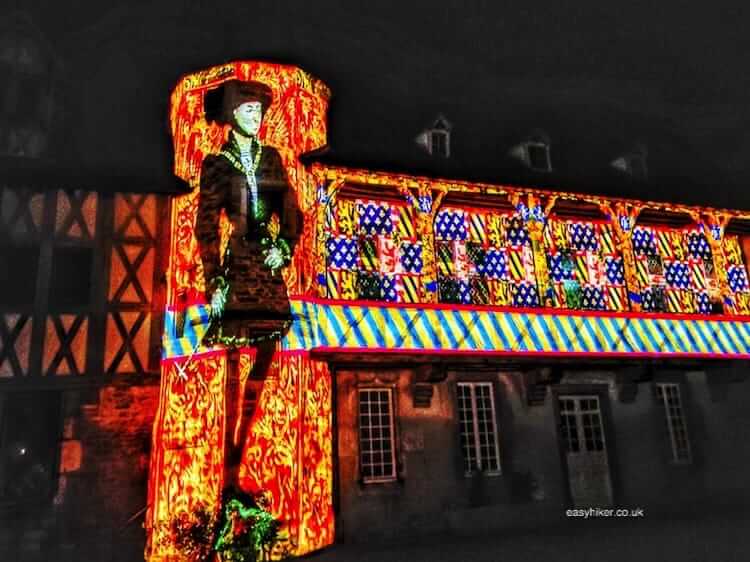
After dusk, the outside walls of seven historic buildings in the town centre provide the background for an animated exploration of the city’s history and heritage. The projections of moving images can be seen throughout the meteorological summer (from late June to late September) and during the Christmas season.
The exact days may change from year to year, so you would be well-advised to confirm the dates of the performance before your departure.
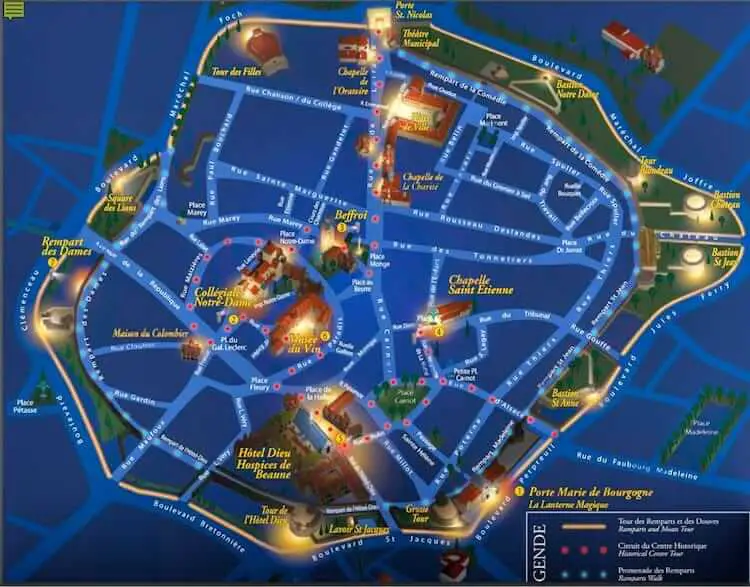
The seven animations are different in style and content. The walls of the Hotel Dieu spring to life with a collage of artworks that are connected to the hospital, …

… while the Musée du Vin presents a journey through the history of the garden that once surrounded the building …

… and the images on the facade of the Notre Dame Basilica take you through the different phases in the life of the medieval building.
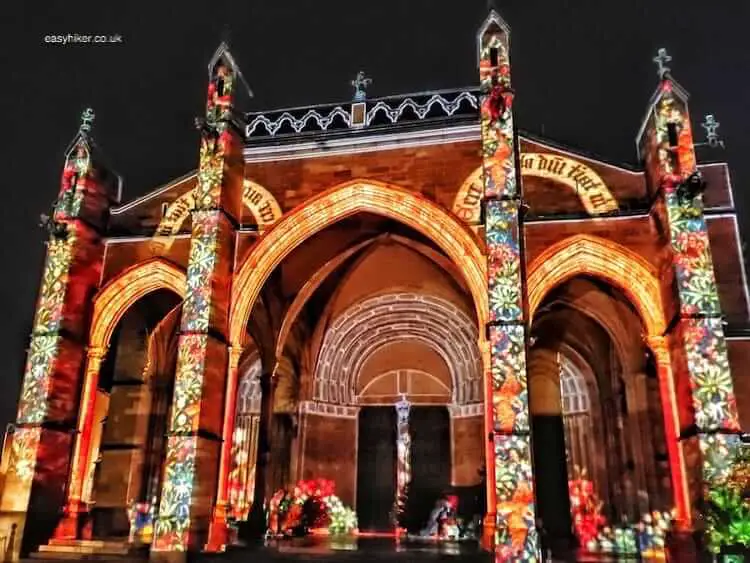
The story that unfolds on the walls of the belfry, meanwhile, follows no grand historic narrative. There are no kings, triumphant armies or trumpet-wielding angels in this tale: only a cat that chases a ball up a wall – but you best watch this for yourself.
The animation on the town’s beffroi is an homage to Etienne-Jules Marey, a local scientist and photographer whose 3-second clip of a “Cat in Free Fall” from 1894 is considered one of modern cinema’s pioneering works.
On the Path of Light, you will also encounter more than 30 historic monuments and town fortifications that are imaginatively illuminated by static projections. And on the stretches between these islands of light, the non-historic residential houses become essentially invisible in the dimly lit streets (from the second floor up, they have night’s cloak to hide them from our eyes), which adds a charming note of mystery to the world of shadows and cobblestones. All of this adds up to a truly delightful experience.
So what is there to do in Beaune before the lights go up? You can spend your daytime visiting the Hospice and the Wine Museum (Beaune is considered the Wine Capital of Burgundy).
For a walk, we suggest you concentrate on the streets at the perimeter of the historic town centre …
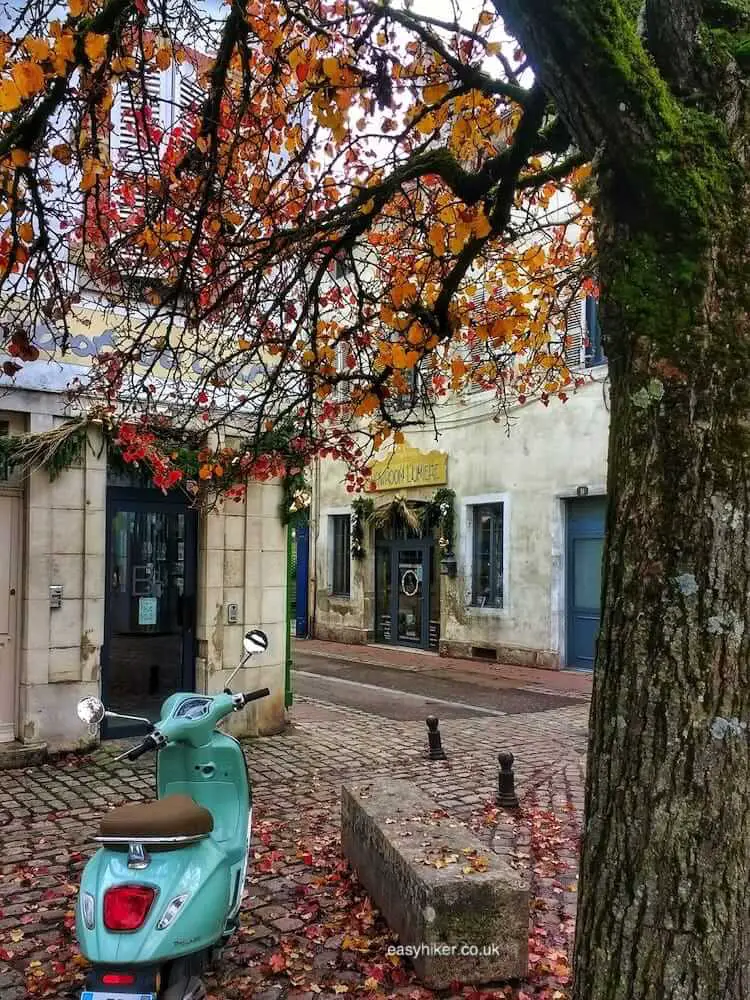
… and on a scenic tour of the remparts.
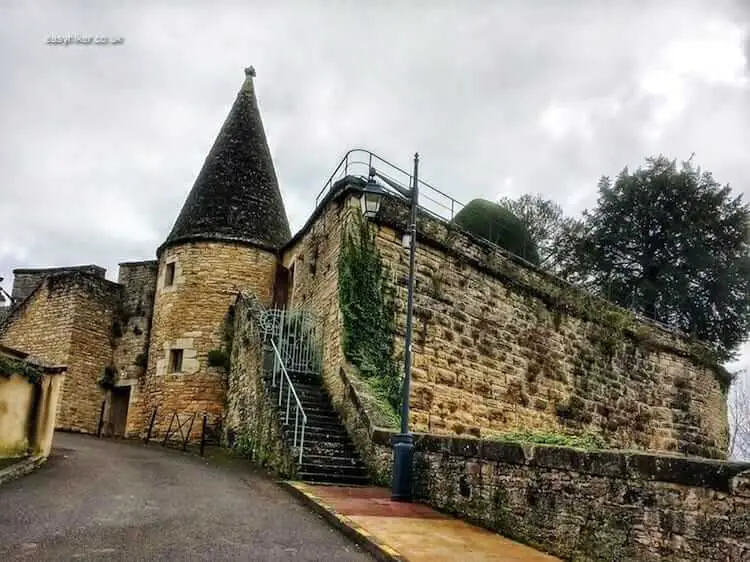
You will discover that Beaune is full of surprises at any time of the day.


